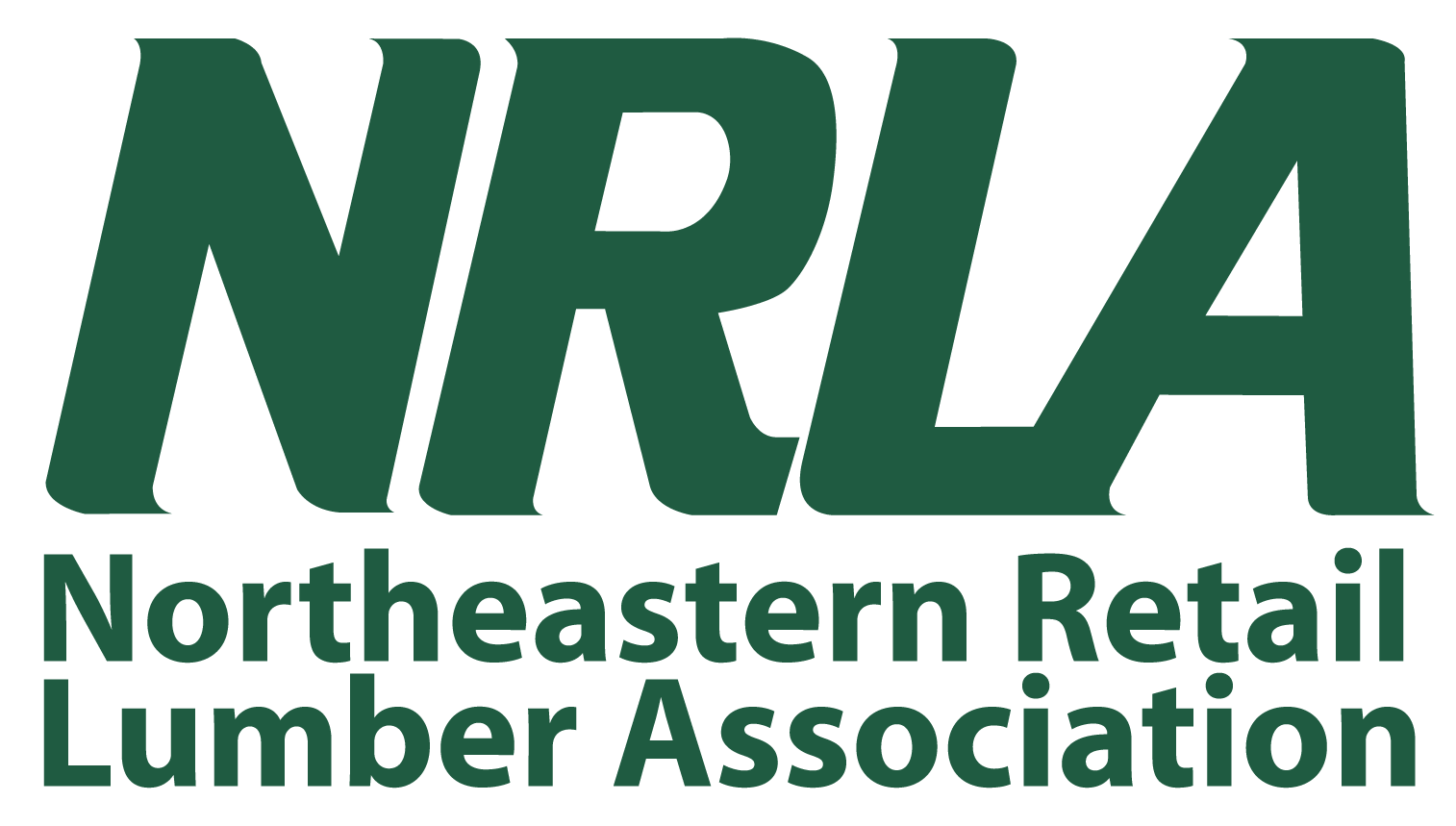What is workforce development? A simple working definition of workforce development describes the concept as “employment initiatives” that help create, sustain, and retain a viable workforce. The objective of workforce development is to create economic prosperity for individuals, businesses, and communities.
Workforce development focuses on an individual’s ability to grow their skills and develop the tools they need for business success. In other words, workforce development trains individuals to be more productive and prosperous in the workplace, which benefits both the employer and the worker.
Why Your Business Needs Workforce Development
A recent study found that 62% of business executives and owners were unsure how to develop their workforce in an increasingly digital economy. Whether your workforce is on a manufacturing floor, lumberyard, retail store, or office building, you must continually invest in training your employees. Otherwise, you may find that they’re unequipped to handle the problems of the future. As a result, your customers, vendors, or clients may take their business to a more forward-facing firm.
At its core, workforce development is about maximizing the potential of your employees and providing them with the opportunities to effectively handle problems. When an employee feels like they’re valued and trusted, they’re more likely to stick around for the long haul.
• Benefits of Workforce Development
The benefits of workforce development are two-pronged: on the one hand, the employees themselves stand to gain from retraining, and on the other hand, the employers also enjoy a higher-skilled team. Below, we’ve listed some of the main benefits of employee development.
• Increased job satisfaction
• Lower turnover rate
• Increased operational efficiency
• Improved productivity
• Enhancements in innovative thinking
• Proactive, not reactive, problem-solving
An empowered workforce is one that feels like an asset to their employer. However, when an employee feels neglected or ignored by their management team, they may start looking for employment elsewhere. Plus, it gives employers the opportunity to communicate with their staff about best practices and how they can move forward in the industry together.
Examples of Workforce Development
Workforce development isn’t a “one and done” initiative to train your employees. Rather, it’s an ongoing process of educating and empowering your workers so that they can tackle the workplace problems of tomorrow.
To help you get a better idea of what workforce development looks like in practice, we’ve provided a few examples below.
• Data Collection and Analysis Reviews
Today’s workplace is dominated by key performance indicators (KPIs) and metrics designed to assess employee performance and keep track of progress. Further, with digital sensors and web-assisted record-keeping, it’s never been easier to maintain a centralized database of employee KPIs. First, allow your employees to access their KPI data from a company server. Then, schedule a face-to-face monthly, bi-monthly, or quarterly review where you discuss their performance and how they can improve.
• Skills-Based Training
Take, for example, a scenario in which you operate a retail lumberyard. Within this business, you have employed a team of salespeople who are working out of the office the majority of the time. To better serve your customers and sales team, you have made the investment in technology to track calls, quotes, orders, and order changes. Hosting monthly or even quarterly training courses on these technological systems in place would go a long way toward maximizing the potential of your workforce.
• Relationship Building
If your business involves daily interaction with customers, then it might make sense to host regular workshops based on developing interpersonal skills. Knowing how to resolve conflict, communicate clearly, manage stress, and empathize with others can go a long way toward boosting employee morale and overall job satisfaction.
• Continuing Education Programs
Many successful companies, from thriving small businesses to Fortune 500 corporations, invest in their loyal employees’ continuing education. Show your employees that they are valued by offering to subsidize the cost of work-related certificates, diplomas, degrees, and other relevant credentials.
Workplace Development Best Practices
The best workforce development programs have a well-thought-out strategy for training employees in the most efficient and user-friendly way possible. For this reason, we’ve highlighted some of the best practices to ensure you get the most out of your company’s development program.
• Leverage Industry Expertise
You don’t have to tackle workforce development alone. Fortunately for you, you can lean on established industry experts who can walk you through how to retain and retool your workforce for superior results. Many firms offer workforce development solutions to help you bring in new talent and HR professionals who can train your workforce to meet the demands of tomorrow.
• It’s About Learning
Remember that workforce development is built around learning rather than training. Typically, when you announce to your employees that they must undergo mandatory training you will receive sighs and a general lack of enthusiasm. However, positioning developmental education as a learning opportunity often yields higher engagement. Workforce learning can take many forms, including continuing education lunch and learns, online e-learning, one-on-one mentoring, or individualized performance reviews.
• Transparency Is King
From the beginning, make sure you transparently communicate your expectations for the development program with your employees. If you spring additional training on your workforce without clearly explaining why, the program may backfire and leave your team distrustful of management’s long-term plans. Explain how long the development program will last, what they can expect, and, most importantly, let them know that they will be compensated for their time. Also, let your employees know that you’re receptive to feedback and want to find out whether the program made a tangible impact on their performance.
• Let Your Employees Take the Wheel
Don’t waste your time or resources teaching your employees what they already know. This can build resentment and animosity between employers and employees. Instead, let your employees engage in self-directed learning. This way, you let the development program meet your employees at “their level” and speed up the process by not teaching redundancies. Further, don’t schedule a completion time for your employees—rather, allow them to learn at their own pace.
Want to read the full issue of the July/August LC? Click here
About the author: Chris Brown is the director of business development at Culpeper Wood Preservers. He can be reached at 540-825-9720 or via email at cbrown@culpeperwood.com.







